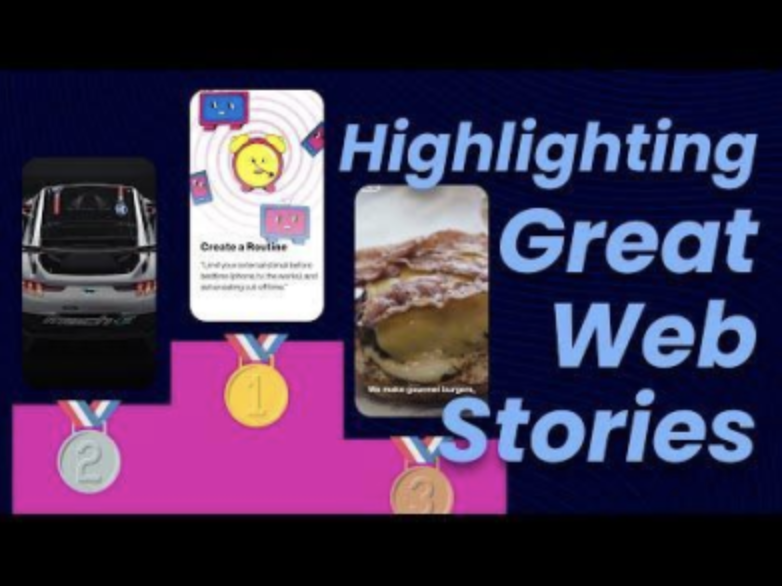Creators everywhere have embraced stories, the new tappable storytelling format made up of videos, GIFs, images, text and other visual elements. Audiences love engaging with stories content — and the best part is that they’re not just limited to social platforms. How to convert a video into a Web Story helps you repurpose your existing videos.
4. Create the Web Story
Once you have your story drafted and all your assets in one place, it’s time to start building. When you’re first starting out, using your visual editor’s pre-made templates is the fastest and easiest method to build your Web Story. To begin, you’ll want to drag in an eye-catching video or image into the tool and add a call to action that will motivate your audience to click to learn more.
Stories are an inherently interactive form of media. Viewers can click forward and backward through the pages and follow links to engage. You can also try including quizzes and polls to increase engagement and interaction.
5. Publish the Web Story
Once you feel good about your Web Story’s media, layout and text it’s time to send it out into the world. When you’re using a visual editor, this is as simple as clicking the Publish button.
And that’s it! Once you work through these steps you will have created your first Web Story. To see this process done live, check out our video Creating your first Web Story in less than 5 mins, from start to finish. And if you want inspiration from other web creators, here are some examples of best-in-class Web Stories.

The Grand Web Story showcase features 10 great examples of Web Stories.








